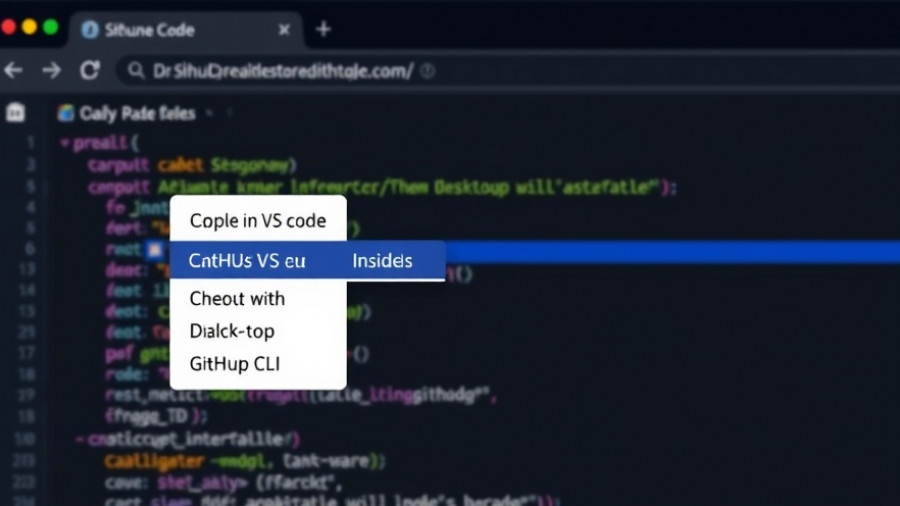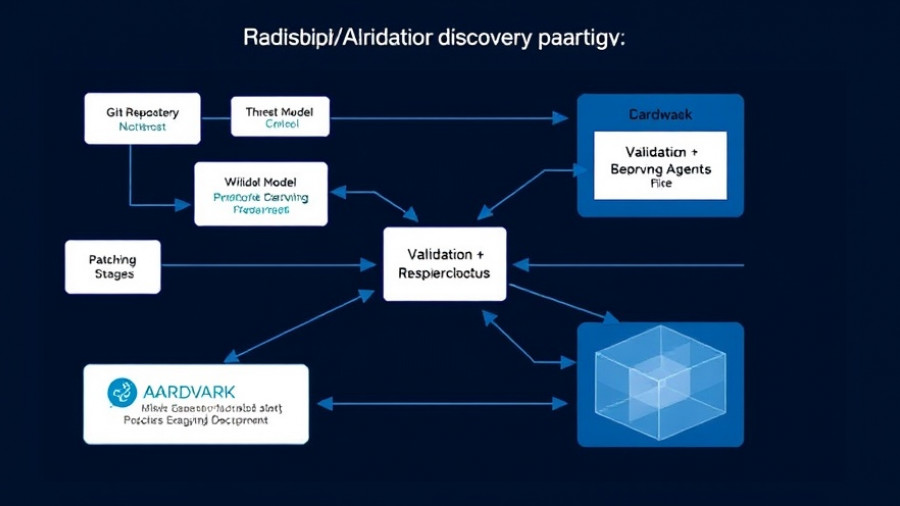
The Rise of N8n: A New Player in AI Automation
In a significant turn of events for the tech industry, N8n, a startup based in Berlin, has recently secured a whopping $180 million in funding, driving its valuation to an impressive $2.5 billion. This funding round was led by venture firm Accel, with notable participation from Nvidia Corporation's investment unit, NVentures. This surge in valuation comes just seven months after N8n's previous financing, a testament to the fierce competition among venture capitalists in the rapidly evolving landscape of AI.
Understanding the AI Agent Space
What makes this funding news particularly intriguing is the context surrounding the burgeoning field of AI agents. As businesses increasingly look for ways to integrate artificial intelligence into their operations, the demand for platforms that can effectively manage and deploy these AI agents is surging. N8n aims to fulfill that need by offering an automated workflow solution that not only allows businesses to utilize AI but also ensures their various tools work seamlessly together across different platforms. This is essential in a time when enterprises are struggling to manage siloed AI capabilities.
N8n’s Unique Proposition
Unlike many of its competitors, n8n was created to specifically cater to AI agents from the ground up. Founded by Jan Oberhauser, who came from a background in visual effects for films, N8n started as a personal project. With an ethos centered on simplifying repetitive tasks through automation, it has evolved into a powerful tool promised to enhance enterprise operations. Currently boasting a community of 230,000 active users and 3,000 enterprise customers, N8n has already generated significant revenue, reported at $40 million per year.
A Competitive Landscape
The competitive environment is undoubtedly heating up. Major players like OpenAI, Microsoft, and Google are all vying to develop their own AI workflows, creating a crowded market for N8n to navigate. Yet, the perception of N8n among venture capitalists is that it is not just another automation tool—it is building the necessary infrastructure, or the 'nervous system,' for AI agents to function effectively together.
Valuation Insights and Future Predictions
With N8n's valuation at a staggering 75 times its revenue, industry experts are left pondering whether this is an astute investment or an over-inflated bubble. In comparison, Salesforce trades at around 8x, highlighting the ambitious nature of N8n's financial metrics. If the company can maintain its impressive growth trajectory, this high revenue multiple could soon become justifiable. Industry insiders believe that the profitability of AI orchestration could rival that of database management systems from the 1990s, indicating a strategic pivot towards AI solutions being as essential as traditional tech infrastructures.
Challenges Ahead
However, challenges persist. Expanding into the U.S. market is notoriously difficult for European companies due to cultural differences and varied customer expectations. N8n's successful foray into the American enterprise sector is crucial for its continued growth, and their challenge will be to prove their solution's worth against established giants with more resources.
What This Means for the Future of AI
The ascent of N8n signifies a critical moment in the AI sector—not only for European startups achieving Silicon Valley-like valuations but also for the broader recognition of AI as a transformative business tool. As enterprise needs evolve, companies that can thoroughly integrate AI into cohesive workflows stand to become leaders in the field. The development indicates that whoever owns the orchestration layer for AI tools could define the next wave of AI innovation.
As we look towards the future, the AI landscape will undoubtedly continue to shift rapidly. For businesses contemplating their AI strategies, understanding how to effectively utilize automation through platforms like n8n will be pivotal. Keep an eye on N8n's journey as it expands and navigates the competitive waters of AI automation.
 Add Row
Add Row  Add
Add 




Write A Comment